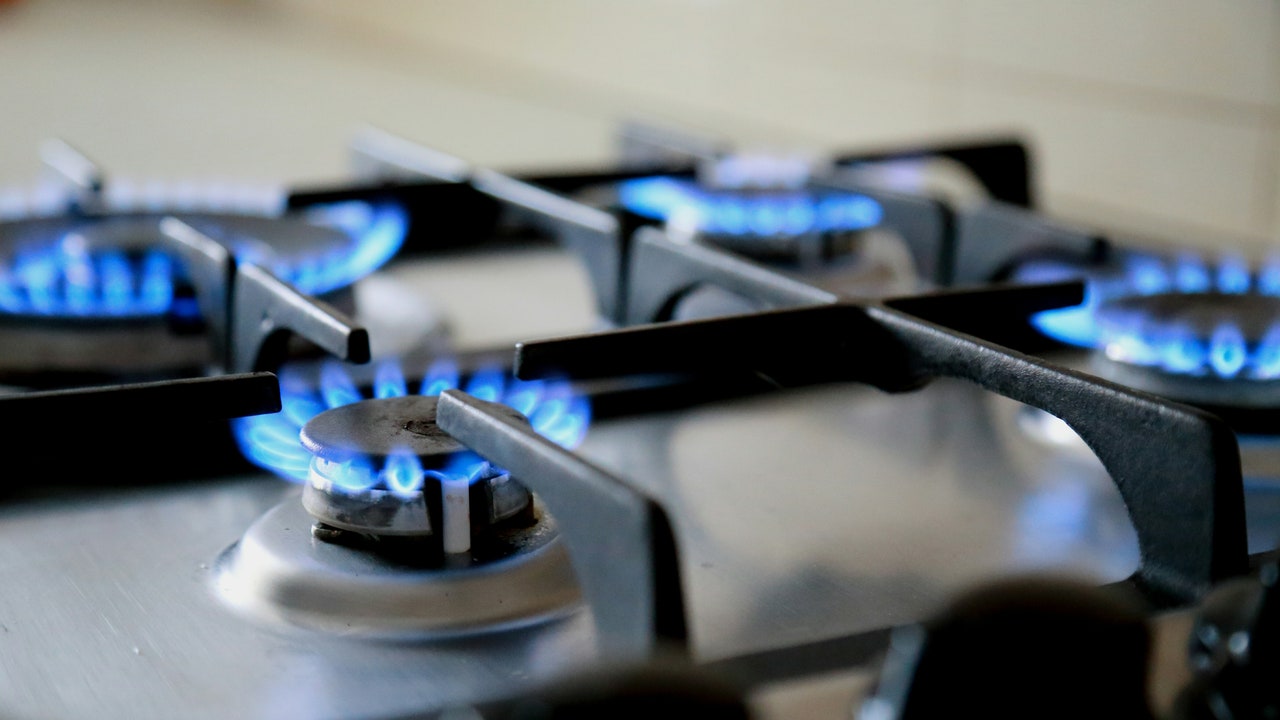Wait, What’s Going On With the Gas Stove Ban?
Blue teardrop-shaped flames heating the underside of a skillet is one of the kitchen’s most hypnotizing sights. So, when Richard L. Trumka Jr. of the US Consumer Product Safety Commission revealed in a Bloomberg article published earlier this week that soaring concerns over the pollutants emitted by these ranges could lead to a possible gas stove ban, the public was instantly whipped into a frenzy over the potential loss of their comforting cooking rituals. But could such a mandate be implemented?
The short answer is no. Trumka later tweeted that regulations would only apply to new products, sweetened by the promise that homeowners who willingly switched over to electric were eligible for $840 rebates via the Inflation Reduction Act. A few days after the alarming article appeared, amid a barrage of commentary from irate politicians and natural gas industry bigwigs, Bloomberg followed up with another feature that brought a bit of relief to wound-up consumers across the country. This time around, Alexander Hoehn-Soric, chair of the Commission, confirmed that rather than pursuing a gas stove ban, the plan is to ramp up research efforts and determine ways of minimizing the hazardous effects indoors, like mounting range hoods.
Currently, around 40% of Americans have gas stoves, and while being forced to relinquish them is no longer a fear, a string of recent studies suggests that electric versions are indeed safer bets for the future. For example, Consumer Reports tested emissions and found nitrogen dioxide levels that exceeded the levels recommended by the World Health Organization. Carbon monoxide and particulate matter are also unleashed, all of them linked to respiratory illness (a peer-reviewed International Journal of Environmental Research and Public Health study connected nearly 13% of childhood asthma cases to gas-burning stoves).
Stanford University also made the startling discovery that even when these ranges aren’t in use, they leak methane, a potent greenhouse gas. Along with health risks, the effects on climate change are profound, prompting more than 50 cities and counties in California last year to put the kibosh on gas hookups in new buildings. This week, New York governor Kathy Hochul also proposed barring new gas appliances statewide.
Cooking with gas has long distressed Bill Caleo, founder of the Brooklyn Home Company, a New York builder that embraces Passive House principles. “The Brooklyn Home Company desires to promote renewable energy sources and reduce indoor air pollution, making electric the right choice,” he tells AD PRO. “With these goals in mind, we have been focused on selling all-electric buildings for some time when building new development condominiums and rentals.” Good-looking Bertazzoni induction ranges are mainstays in Brooklyn Home Company projects.
Leah Alexander, the designer behind the Atlanta- and Los Angeles–based studio Beauty is Abundant, recently capped her existing gas line and installed a Samsung Bespoke electric stove as part of her own home’s ongoing renovation. A ductless vent creates “flexibility for the kitchen layout,” she says, noting another boon: the elimination of dealing with food-debris-clogged grates. “It’s proving convenient and sleek with its smooth, easy-to-clean surface.” But there is one caveat: Electric burners stain more easily than durable gas options, Alexander notes.
One of the biggest gripes about electric ranges in the past has been their precariousness. They heat up slowly, and not all types of cookware are compatible with them. “Gas has been the preferred method of cooking for serious chefs. Historically, it’s more effective—ready, fast, and hot—than other methods,” explains Dan Mazzarini, creative director and principal of the bicoastal firm BHDM Design. But he’s encountered many proficient models as of late, like the Frigidaire Professional 30-inch Front Control he added during a revamp of his New York apartment: “The oven regulates the temperature more accurately than the gas counterparts. We also love the air-frying and convection features”—even if water takes a little longer to boil.
Even professional chefs are becoming fans. At Mr. Tuna in Portland, Maine, owner Jordan Rubin uses numerous electric induction burners. “They are a crucial part of our operation,” he admits. “They have gotten a lot better over the years and can be set to a precise temperature—and after a long shift, I love how little mess they leave.”


